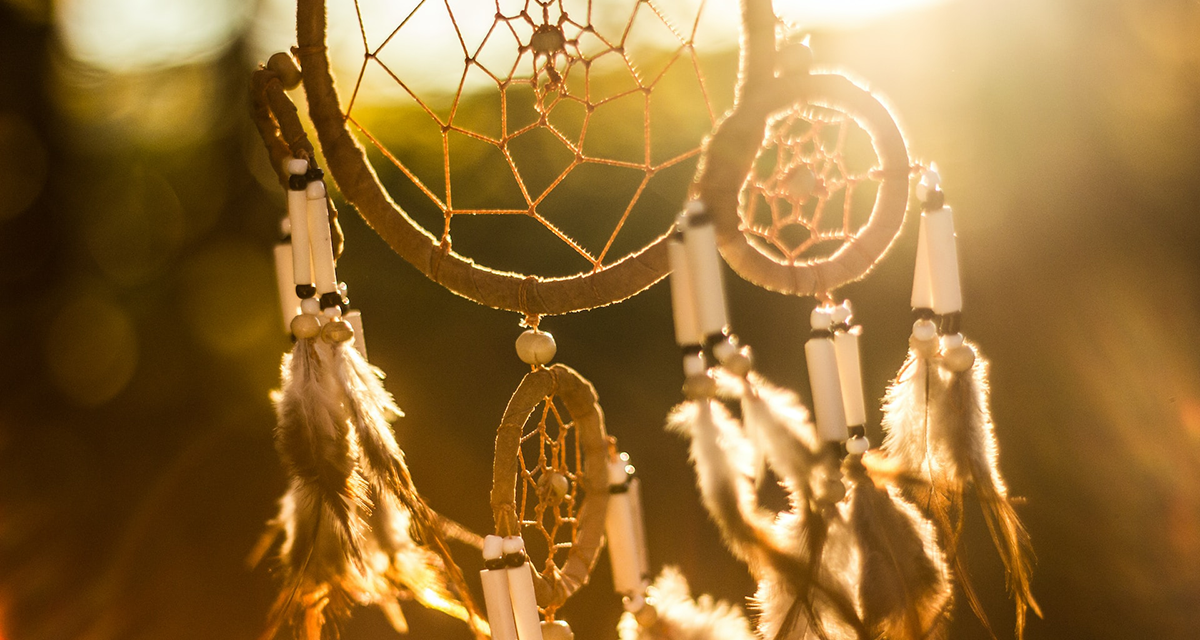California’s history is rich and varied, with the story of the Ohlone people forming an integral part of the state’s past.
Before the Spanish missions and the Gold Rush defined California’s narrative, the Ohlone tribes thrived along the coastal regions. Exploring their history offers a deeper understanding of California’s roots and the enduring legacy of its indigenous peoples.
The Early Days: Life Before European Contact
The Ohlone, also known as the Costanoan, were a group of Native American tribes residing primarily in the coastal areas of what is now Northern California.
Renowned for their intricate basketry, they lived in harmony with the diverse ecosystems, from the bountiful bay waters to the oak-filled woodlands.
Culture and Community: The Ohlone Way of Life
Life for the Ohlone was deeply connected to their environment.
They expertly navigated the delicate balance of the ecosystems, gathering acorns from the forests, fishing in the rivers, and harvesting an array of plants and animals.
Spirituality and Belief: Ohlone Cosmology
Spirituality was woven into daily life, with a rich cosmology that honored the land, sea, and sky.
The Ohlone held ceremonies and dances that reflected their belief in a world animated by spiritual forces.
Encounter and Change: The Arrival of the Spanish
The arrival of the Spanish in the late 18th century marked a significant shift in Ohlone history.
The establishment of missions disrupted their way of life, as they were compelled to abandon their ancestral homes and traditional practices.
Resilience and Resistance: The Ohlone Today
Despite centuries of hardship, the Ohlone people have shown remarkable resilience.
Today, they continue to advocate for recognition, revitalize their languages, and practice cultural traditions, underscoring their enduring presence in California.
Preserving Ohlone Heritage: Archaeology and Advocacy
Efforts to preserve Ohlone heritage include archaeological projects and advocacy work. These initiatives aim to protect sacred sites and educate the public about the Ohlone’s contributions to California’s history.
Q&A: Uncovering Ohlone History
Q: What were the main characteristics of Ohlone society before European contact?
A: The Ohlone lived in small, politically independent groups, had a rich oral tradition, and managed the land using sustainable practices, which included controlled burning for land management and a deep knowledge of local flora and fauna.
Q: How did the Spanish mission system affect the Ohlone people?
A: The mission system disrupted the Ohlone’s traditional way of life, as they were forced into labor, exposed to new diseases, and experienced a loss of cultural identity. Many Ohlone people resisted the mission system, and their descendants continue to recover from this legacy.
Q: In what ways are the Ohlone people working to preserve their culture today?
A: The Ohlone are revitalizing their languages, practicing traditional crafts, and holding ceremonies. They also work with museums and institutions to educate the public and advocate for protecting their ancestral lands.
Q: How can one learn more about the Ohlone or support their community?
A: Interested individuals can visit local museums, participate in events hosted by Ohlone groups, and support initiatives that promote the recognition of Ohlone history and rights. Engaging with and supporting the Ohlone’s efforts directly is a meaningful way to learn more about their culture.
Honoring the Ohlone
Understanding the history of the Ohlone people is crucial for a complete picture of California’s past. It’s a narrative that highlights the importance of acknowledging the original stewards of the land and their continuous impact on the cultural landscape.
How can history ensure the voices of the Ohlone are heard and their heritage given the respect it deserves?
As stewards of the future, it’s essential to recognize the significant role indigenous histories play in the broader American story. The Ohlone’s past is not just a chapter in history books; it’s a living history that continues to shape California’s identity.





